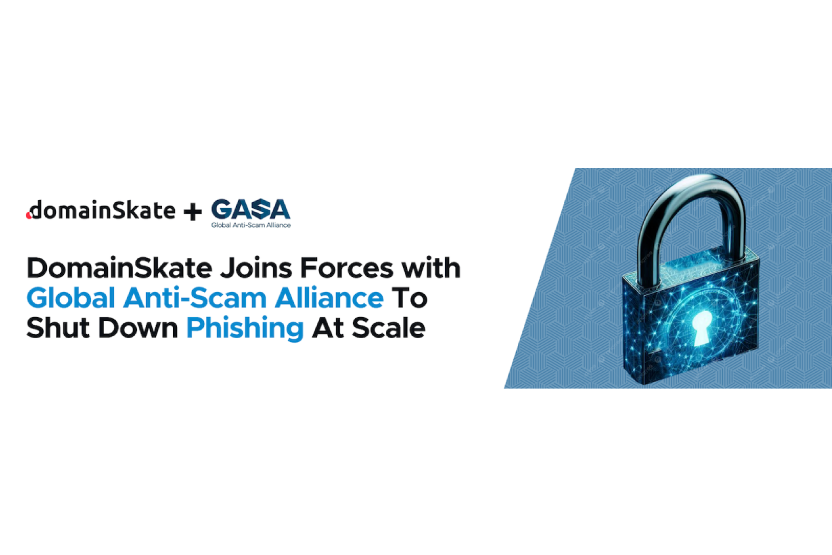Yeah, thank you. So horror stories. I can’t remember that long ago one of my big client.
he actually messes me saying, Hey, Alex, Some of my customers are keep saying that the product is not delivered. but I don’t see any record in my website in my web apps in the front back end that,
there is no record of the product parcels. So how is going on? Am, is my website hacked or something. So I said, Sure, yeah, let me check. So I check the website. And I thought, maybe somewhere, is it going to some other? I don’t know. Maybe I tried to define OS,
but I did not find really that there’s any signs of a product purse.
so that I was thinking that why does happening. So I did some little more investigation and found out that
there is some lookalike domain. They actually are copying the same structure website. They are copying exactly the same same image, same content. It makes like them like there. So the customers, getting easily full by see, the website appears because the customers are already familiar with the website Ui, because it is very popular.
and the the hackers are the domain also looks. Look alike that it is, it is very identical.
So what happened? So I actually found out that scammers are reaching out the customers, and they are receiving the money, but not delivering the product.
So II told my customer, told my client that, hey, this is what is happening. So the only way to do this. There is nothing I can do from our application. So so how do you have to do? I have to go to the registrar.
ask them to remove this domain. But before that I can reach out to the actual the hacker. Who is this camera and ask them to down make it make it remove the website. But definitely, they won’t do that.
I actually emailed them. But they did not. Contact I called them. They did not receive. So yeah. So removing, that was a divided story.
It is. Actually, I actually emailed deeply to the
register. But they actually
it had. It is a long history. Actually, they did not initially X, or it made it down because I do not. I do not have an actual authority.
and there are a couple of other issues as well
out of curiosity. Did the registrar say that? Hey, Alex, you don’t really have any authority? You’ve never talked to us before. You’ve never reported anything before. We don’t know if this is real or not exactly. Exactly. That is what they said. They said that you don’t have any authority. We cannot trust you, and you have to. I don’t know, I said, that but this is real. This is, you can see that. But even the problem is that did not, did not even want it to give me enough time to
to to to understand if the if I what I’m saying is true or not. So they did not give me enough power. Actually, I was kind of
I don’t know. Kind of embarrassed.
So the second story. I would like to speak about that customer review.
Actually, yeah, that website was removed later. But it was. It was very hard time. Yeah, I mean it was. It was not easy. That’s what I all I can say. Second history, I would say, is that
bad customer review. So
one of my clients actually emailed me. It was also like, I think, couple of years back
he said that, hey? I noticed that some people is spreading bad words about me but my company, so can you please check it out? So I said, Okay, sure. So I check the customers name. And
he’s like, I do not. It was like Google Review. So I cannot ask Google to just remove a review. And Google on listen definitely. So I checked the Database company and master the name. I found that the name is exist in our
customer list from for that client. So I was kind of curious like what happened. I can see the customer and he’s giving the bad review. But the things he’s saying is not totally correct.
It is completely wrong. Review. Because we always deliver. I know that I know that a client very personally he never do that. So
I actually emailed the customer said that, hey? You wrote this review. But why would never did that with you. So why did you did you wrote that? He said. Actually, it happened with me. I said, Okay, can you? Can you please share your order or something? So he was kind enough to forward me his order. And I noticed that the email he received it is not from ours
domain. It is like lookalike domain, he thought, that it is us. But it’s not so. Then I convinced him. Hey, look this is not our domain.
You actually clicked, defined Link, and it was not us those that looks like us, but it is not us. So, upon our request, he removed the review. But it is like a common case it happens a lot.
So I also like from then from that 2 events, there was couple of other incident also happened kind of similar.
So I was thinking, what could be like.
Why, it is happening. I mean, it’s common, like, there is this camera. So we cannot stop them. So
I was thinking for a solution. And I was like, keep sending that message to the rest, asking them to shutting down, because because but the problem is that there is no, not one rest. The clients passes the domains from different registers, so each time I’m approaching them kind of having the same issue like they do not know me. How they should down it like, that’s a that is lots of like horror. Things happening. It was not easy
and the website was like, so look alike. And the domain even sometimes the change a little bit colors some you know, to make it to to to
I refrain them from the
register, so they do some changes, but it is at the end the blame goes to our clients. So our custom clients reputation like destroying our clients. Reputation destroying their business.
It was really bad experience.



